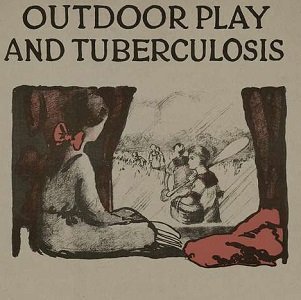Tuberculosis continues to disproportionately affect minority and immigrant populations in the United States, with approximately two-thirds of new cases occurring among non-U.S. born persons, according to recent data presented by Dr. Carmen Sierra at the DNPs of Color annual meeting in Washington, D.C.
Despite efforts to eliminate the disease, 13 million Americans are living with latent tuberculosis infection (LTBI), with 8.9 million cases remaining untreated. While active TB infections have become rare among native-born Americans, rates are increasing, with 8,331 new cases reported in 2022.
The disease shows significant racial disparities, affecting Asian (36% of new cases), Hispanic or Latino (31%), and Black or African American (18%) populations at higher rates. Dr. Sierra reported that TB is more prevalent in correctional institutes, among the unhoused population, and international travelers to endemic areas.
Geographically, TB incidence is higher in California, southern states, and major cities like Baltimore, Chicago, and New York City. Among foreign-born immigrants, cases are concentrated in states with large immigrant populations and ports of entry, including California (22% of cases), Texas (13%), New York (9%), and Florida (6%).
Dr. Sierra advocates for enhanced screening, targeted interventions, and addressing disparities through improved access to care, treatment adherence, and identifying high-risk populations. The Bacille Calmette-Guérin (BCG) vaccine, while available, is not widely used in the U.S. and is only considered for specific cases in consultation with TB experts.
As TB continues to pose a significant health challenge, particularly among minority and immigrant communities, efforts to combat the disease must focus on addressing these persistent racial and ethnic disparities.
See “Tuberculosis Prevention: Health Disparities and Ethnic Populations” by Nikki Kean on the Clinical Advisor website (January 25, 2024)
